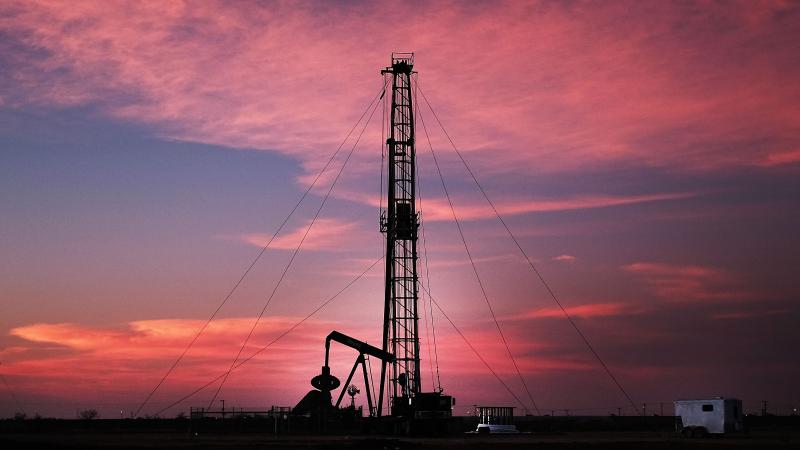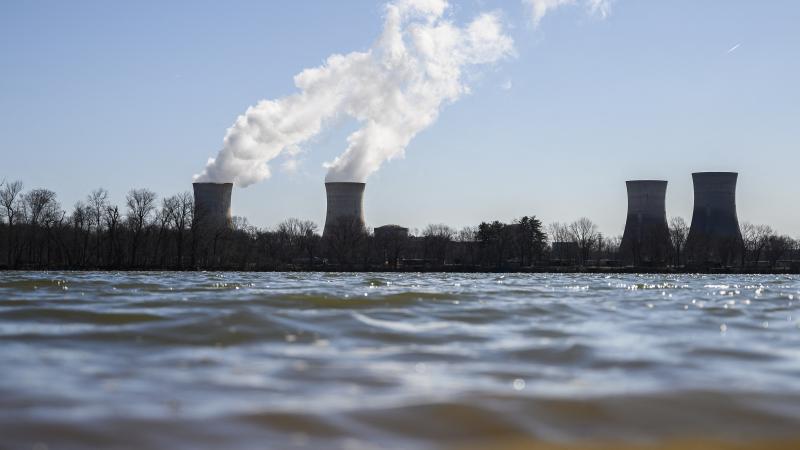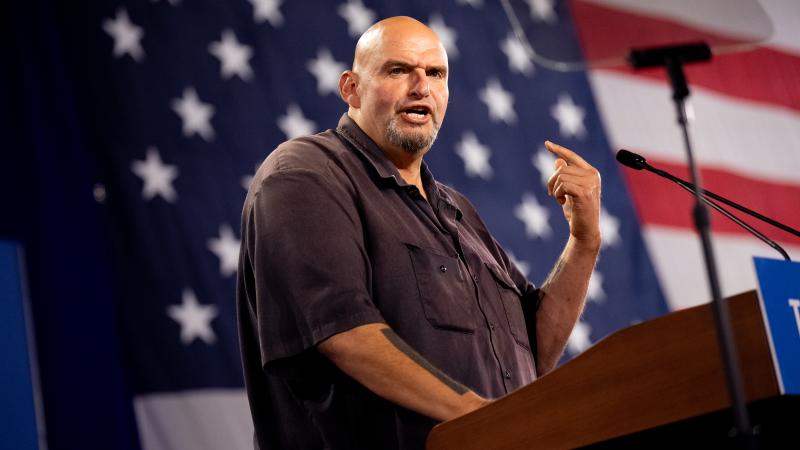WaPo acknowledges EV industry’s ‘treacherous conditions’ for overseas mineral miners
The report highlights one of many consequences that often go unaddressed in EV talks.
The Washington Post recently published an article highlighting what it described as the brutal practices workers in countries like the Congo are subjected to in order to support making electric vehicles, piling on to the admitted stains on the renewable auto industry.
The authors interviewed fifteen cobalt workers in the Congo tasked with hauling the element out of the mines. According to the report, they were subjected to "treacherous conditions" that led to serious injuries and eventually required surgery.
The report also detailed evidence spanning back several years of "countless children" who have been killed or injured working the mines "often in manually carved tunnels that frequently collapsed and buried the young miners alive."
Since the that evidence came to light, WaPo concedes, demand for metals like cobalt has increased dramatically due to the electric vehicle transition and the green energy agenda as a whole, which global leaders are increasingly pursuing.The report highlights the ongoing list of problems that have been identified with the green energy movement, including, ironically, environmental concerns.
The industry has struggled to determine just how ‘green’ it truly is. Tesla, for example, produced 30.7 million tons of CO2 emissions in 2022. Moreover, the electricity used to charge the cars is sourced from the power grid, which gets 60% of its power from fossil fuels.
Emissions from obtaining the elements are also of note. MIT’s Climate Portal data reveals that, obtaining one metric ton of lithium – another element commonly used in electric vehicles –produces 15 metric tons of CO2.
Another often-raised concern is national security.
Though the Congo produces 70% of the world’s cobalt, 80% of their mines are either owned or heavily funded by Chinese entities.
Furthermore, China is estimated to have control over 87% of all rare earth elements used in manufacturing.
Follow Addison on Twitter.















